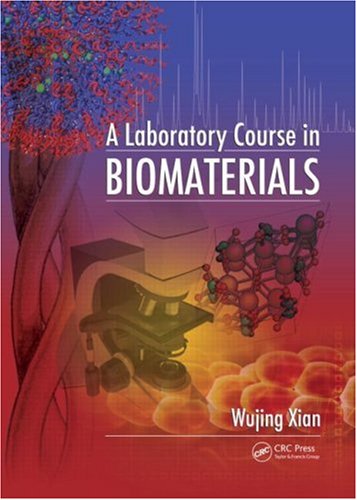

Most ebook files are in PDF format, so you can easily read them using various software such as Foxit Reader or directly on the Google Chrome browser.
Some ebook files are released by publishers in other formats such as .awz, .mobi, .epub, .fb2, etc. You may need to install specific software to read these formats on mobile/PC, such as Calibre.
Please read the tutorial at this link: https://ebookbell.com/faq
We offer FREE conversion to the popular formats you request; however, this may take some time. Therefore, right after payment, please email us, and we will try to provide the service as quickly as possible.
For some exceptional file formats or broken links (if any), please refrain from opening any disputes. Instead, email us first, and we will try to assist within a maximum of 6 hours.
EbookBell Team

4.0
76 reviewsThe field of biomedical engineering has vastly expanded in the past two decades, as reflected in the increased number of bioengineering and biomaterials programs at universities. The growth of this area has outpaced the development of laboratory courses that allow students hands-on experience, since the barriers involved in creating multidisciplinary biomaterials laboratory courses are high. A Laboratory Course in Biomaterials provides a teaching tool comprehensive in scope perspective.
Multidisciplinary approach
Suitable for junior or senior level laboratory courses in biomaterials and bioengineering, this volume trains students in laboratory skills, data analysis, problem solving, and scientific writing. The text takes a multidisciplinary approach, integrating a variety of principles that include materials science, chemistry, biochemistry, molecular and cell biology, and engineering.
Step-by-step instructions
The author presents flexible modules that allow the coursework to be adapted to the needs of different departments. Each module is organized around a central theme, such as drug delivery and natural biomaterials, to enhance student comprehension. This book provides step-by-step descriptions of lab procedures, reagents, equipment, and data processing guidelines. It also includes a series of thought-provoking questions and answers following each experiment, drawn from the author’s own experience in teaching a biomaterials laboratory course at the University of Illinois.
Timely in its coverage, many of the experiments presented in the book are adapted from research papers reflecting the progress in various disciplines of bioengineering and biomaterials science.